The Article
C558 Turntable From NAD: Pick’n’Mix
15th November 2018
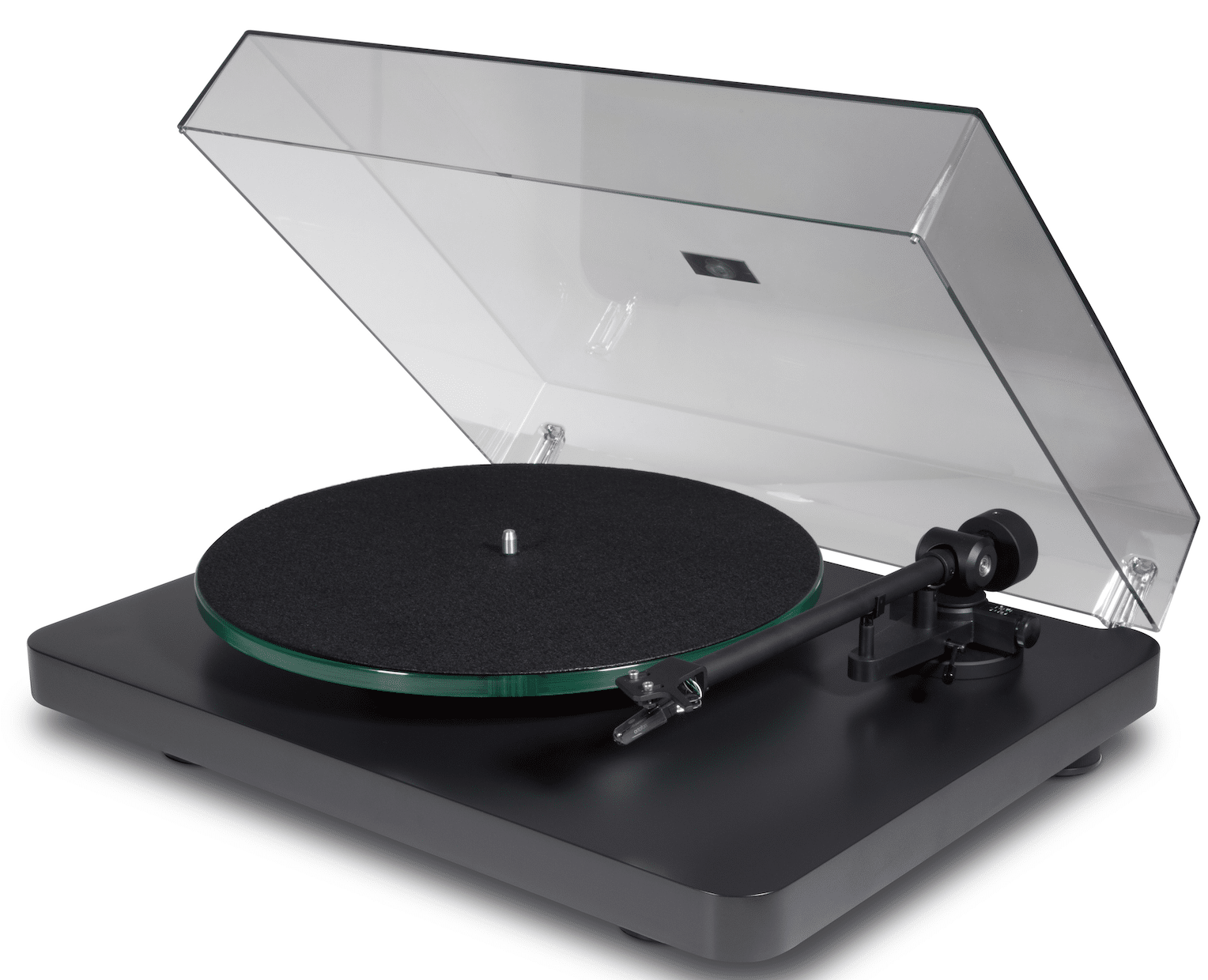
Looking for a quality budget turntable? Paul Rigby reviews NAD’s latest, the C558
Let’s dive straight into this one. The NAD C558 turntable has been sourced from Pro-Ject and I expect that Pro-ject has built it for NAD too, at its factory in the Czech Republic. This is a ‘good thing’ because it adds confidence in terms of build consistency, something that is less certain via Chinese-based factories.
The design of the C558 has apparently been made to NAD’s specification. Which sounds very grand and ever so important. What I think this boils down to is NAD standing in the Pro-Ject design office with a catalogue open on a desk and then a NAD executive turns pages and points at favoured turntable parts saying, “OK, we’ll have that one and…one of those…and that…and this one over here…”
The selected parts are then collected together in a big metaphorical box, the parts are bolted together – sometimes with relevant tweaks or design enhancements to give the entire thing a NAD swish. And, hey presto.
My intention with the above is not to demean or belittle, just to add a slice of realism to the review.
NAD is but one of many companies out there who, very sensibly, look to buy in a turntable design to fill a catalogue gap. Vinyl is ‘in’ and so any hi-fi brand worth its salt has to have a turntable in its ranks. Otherwise potential revenue is lost.
It would be financially crazy for the company to build a bespoke turntable from scratch. NAD would be barmy to do so. It doesn’t specialise in turntables. To ask it to invest in the expensive research, design, development and production facilities in order to release a single turntable, just to add a bit of flavour to their burgeoning catalogue…? Well, any company CEO who did that would be promptly sacked.
If I worked at NAD, heard that the company was looking at selling a turntable, valued my job and didn’t want to see NAD go bankrupt, I would be urging them to ‘buy in’. This is what NAD has done.
As I write these words, I’ve yet to actually hear the turntable but what I like about this design so far is that NAD has put some thought behind its parts selections. It hasn’t just said, “OK, put a NAD badge on a Pro-Ject Essential III and we’ll sell it as a NAD.” Oh no, there has been some consideration behind the design. So what has NAD done?
From my own guesstimates and observations, I think that NAD has taken a plinth and motor from a Debut turntable, added rounded corners, tweaked the finish and then bolted on an arm from a RPM 1. The core of the arm is based upon the same model used for the RPM 1, right down to the anti-skate control but the NAD’s arm tube is straight instead of the RPM 1’s S-shaped model while the NAD’s headshell is also different.
I am tremendously intrigued to see a Rega-like glass platter above the plinth. This is a former Pro-Ject accessory product. It was used, for many years, as an upgrade for older designs. Known as Glass-IT, the platter was seen to award a sonic improvement on those older models.
I was also interested to see the use of an Ortofon OM10, a cartridge that Pro-Ject uses on its £300-£400 turntable designs.
So what we have here is a unique turntable. Yes, it’s a Pro-Ject at heart. But this configuration is unique.
SOUND QUALITY
I began with Joe Jackson’s high energy jazz LP, Jumpin’ Jive and the track, Jumpin’ with Symphony Sid. This song featured plenty of organic instruments such as a brass section, wind instruments, upright bass and piano.
The NAD sounded immediately full of life and vivacity with an animated midrange that provided necessary texture to the brass and woodwind and enough insight into the brass section to allow the ear to understand that there was a group of instruments playing here, not just an shapeless noise.
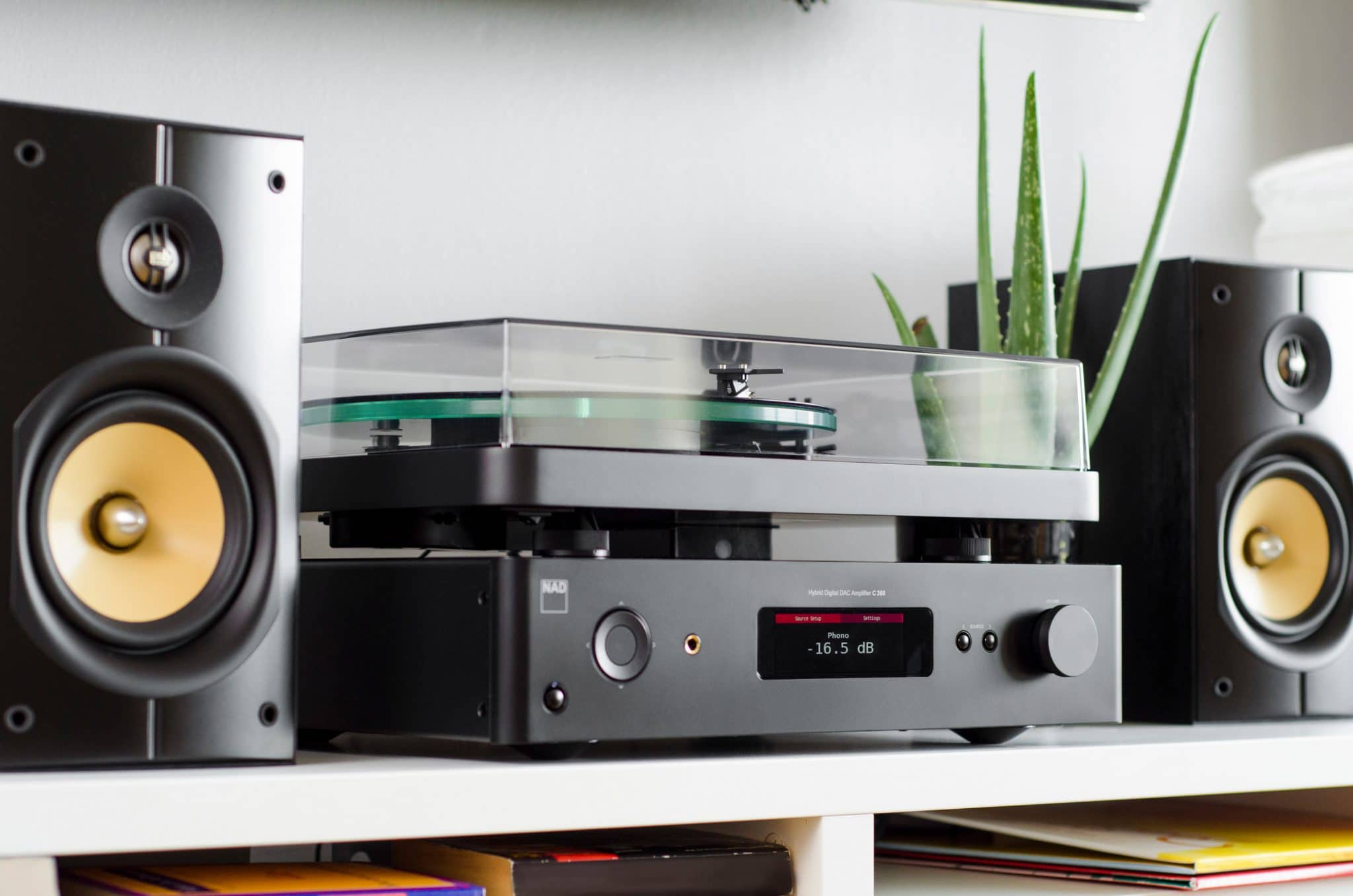
Percussion was crisp and powerful with enough impact to maintain the pace of this lively piece while cymbal hits allowed the treble to extend the reverb admirably. Jackson’s lead vocal was wholly entertaining, providing a high-spirited and emotive performance.
I then turned to The Rutles and Good Times Roll, a Beatles parody of Lucy in the Sky With Diamonds with a rocking overview.
What did hit me upon playing this track was the excellent bass response from the C558. The drums contributed fully and actively in the song, pushing the song forward at quite a pace while providing a simultaneous foundation to the song.
The sense of clarity from the mids was very good for a turntable at this price range, the Lennon-esque lead vocal offered a nuanced delivery that was surprisingly effective while the normally shy bass guitar was easily ‘visible’ to the ear.
I decided to draft in a RPM 3 from Pro-Ject to see how far the NAD could reach in terms of sonics. The RPM 3 is more expensive by around £150 but I tried the NAD with my RPM 3 to see if the NAD could get anywhere near the RPM 3 in terms of quality.

So why compare the C558 with the RPM 3 at all? I wasn’t interested in a face off, to see which was better, both offer different highlights but I was interested in the relative and more general qualities of both. To see if the C558 was reaching the required levels of sonic quality for a turntable in this price range. Specifically, I had my eye on the OM10 cartridge. I wondered about its inclusion.
There was nothing intrinsically wrong with it at all but I wondered if the turntable was firing on all cylinders. If I was being ultra-picky, what I did notice was that the soundstage was a touch smaller than the reference RPM 3 and reverb was abbreviated a touch while dynamics were slightly clipped in comparison to the same. None of these points were immediately evident when playing the C558, only during a direct A-B comparison with the, admittedly, more expensive RPM3.
To be honest, while the OM10 is good cartridge I wondered if the C558 was capable of moving on a-pace and if the OM10 was dragging it back. Which is why I reached for my Goldring E3 moving magnet.
Adding the E3 cartridge opened up the soundstage and, for that matter, the midrange in its entirety but it never, as it where, let go. With the E3 in place, the C558 retained sonic discipline and added a measure of focus and precision to the presentation that gave the guitars in The Rutles track an admirable accuracy.
Keyboards enhanced their tonal realism too, with the E3’s inclusion. This might also have been a welcome side-effect of the lowering of overall noise while percussion was enhanced in terms of its organic delivery.
CONCLUSION
It might resemble a pick’n’mix bag of sweets from Woolworths but the NAD C558 is a surprisingly worthy turntable that performs well out of the box and better with an improved cartridge hanging off the end of its tonearm. All of the Pro-ject parts used in the NAD’s design are good quality items in their own right but the unique NAD recipe (I certainly haven’t seen this combination before) certainly provides a spacious, clear and musical performance that is open to a host of upgrades to keep the basic design relevant for many years to come. A robust and solid deck, the NAD C558 is an ideal vinyl source for anyone building a budget vinyl hi-fi system.
NAD C558 TURNTABLE
Price: £449 (£399 from Sevenoaks, link below)
Websites:
www.sevenoakssoundandvision.co.uk or nadelectronics.com
TO BUY CLICK BELOW:
UK – https://amzn.to/34MmqgI
USA – https://amzn.to/3mGK9Fi
EUROPE – https://amzn.to/381zzon
GOOD: midrange detail, low noise, bass presence, intriguing design
BAD: Benefits with a superior cartridge
RATING: 8
[Don’t forget to check out my Facebook Group, The Audiophile Man: Hi-Fi & Music here: www.facebook.com/groups/theaudiophileman for exclusive postings, exclusive editorial and more!]
REFERENCE
Rega RP1 Turntable
Pro-Ject RPM3 Turntable
Rega Brio-R amplifier
Tellurium Q cabling
Blue Horizon Professional Rack System
Harmonic Resolution Systems Noise Reduction Components
All vinyl was cleaned using an Audio Desk’s Ultrasonic Pro Vinyl Cleaner

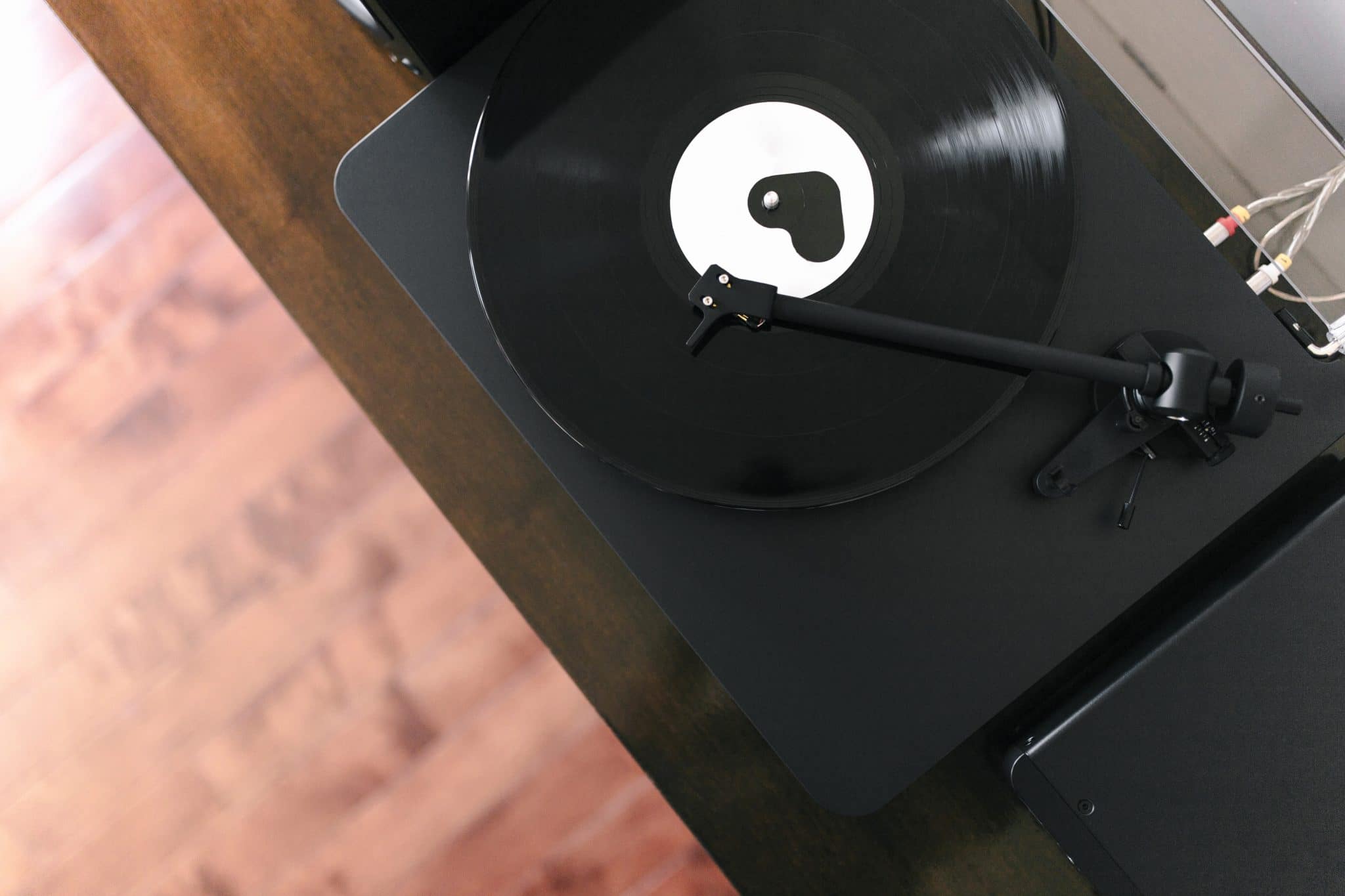
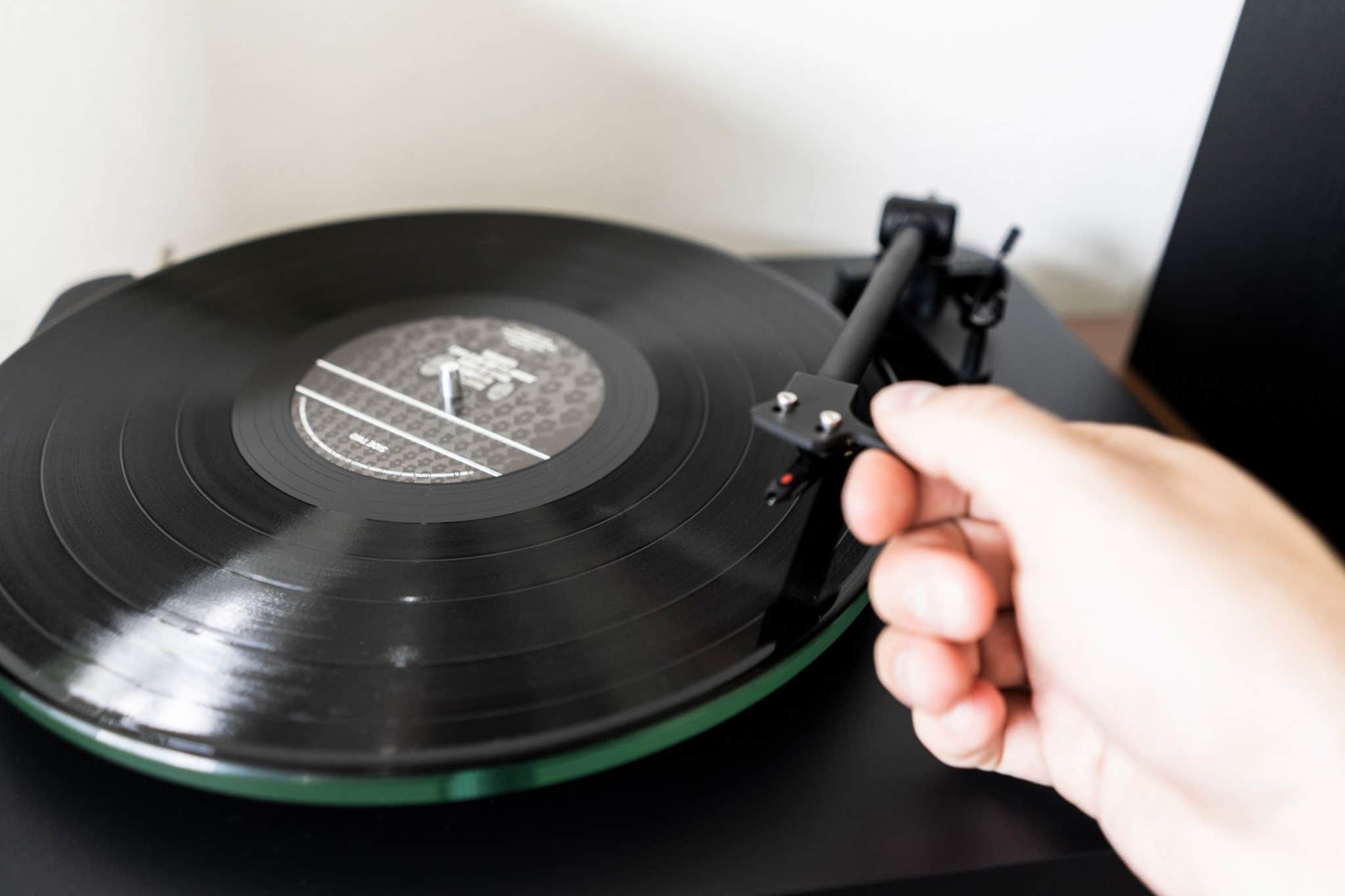
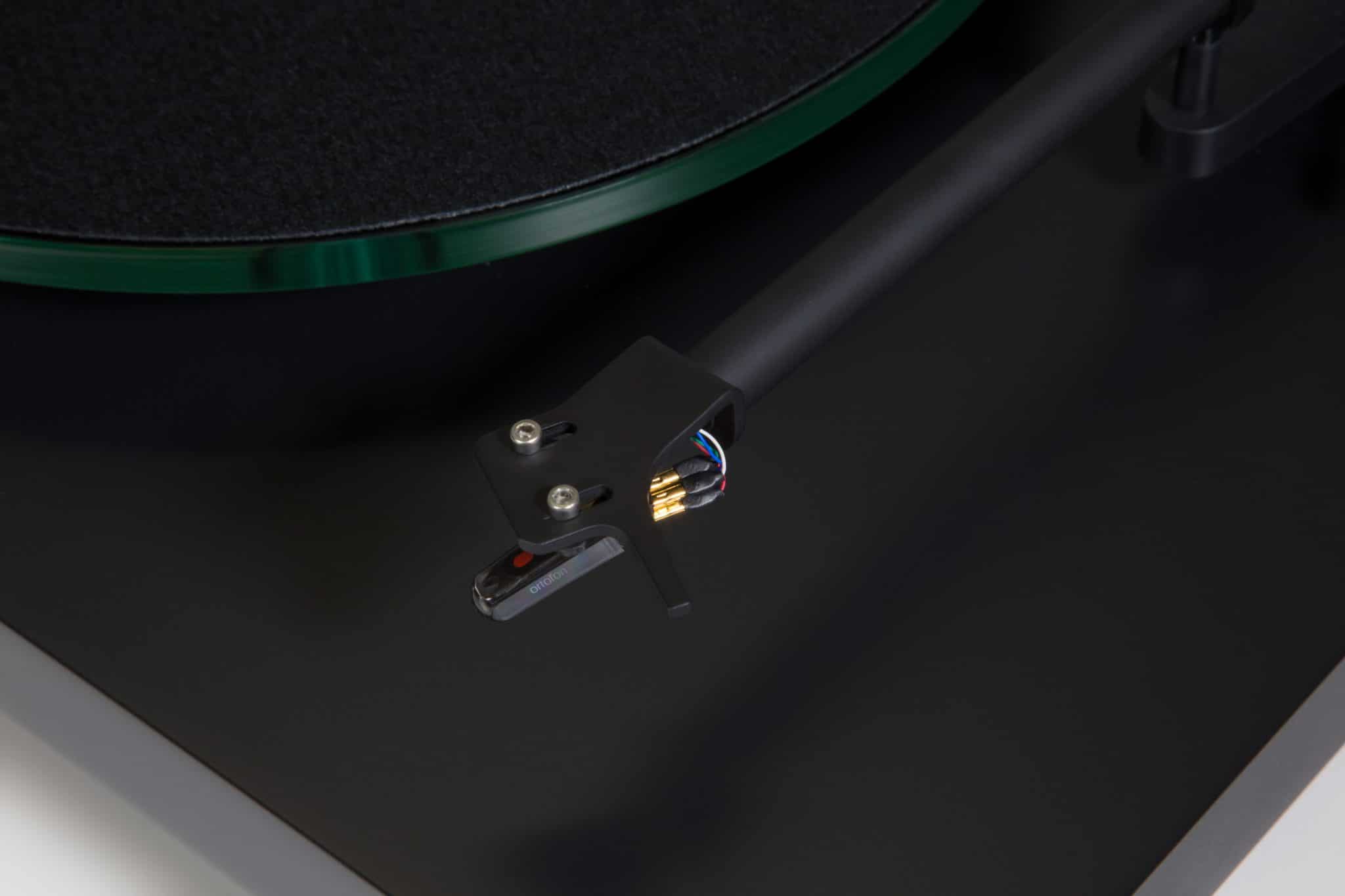
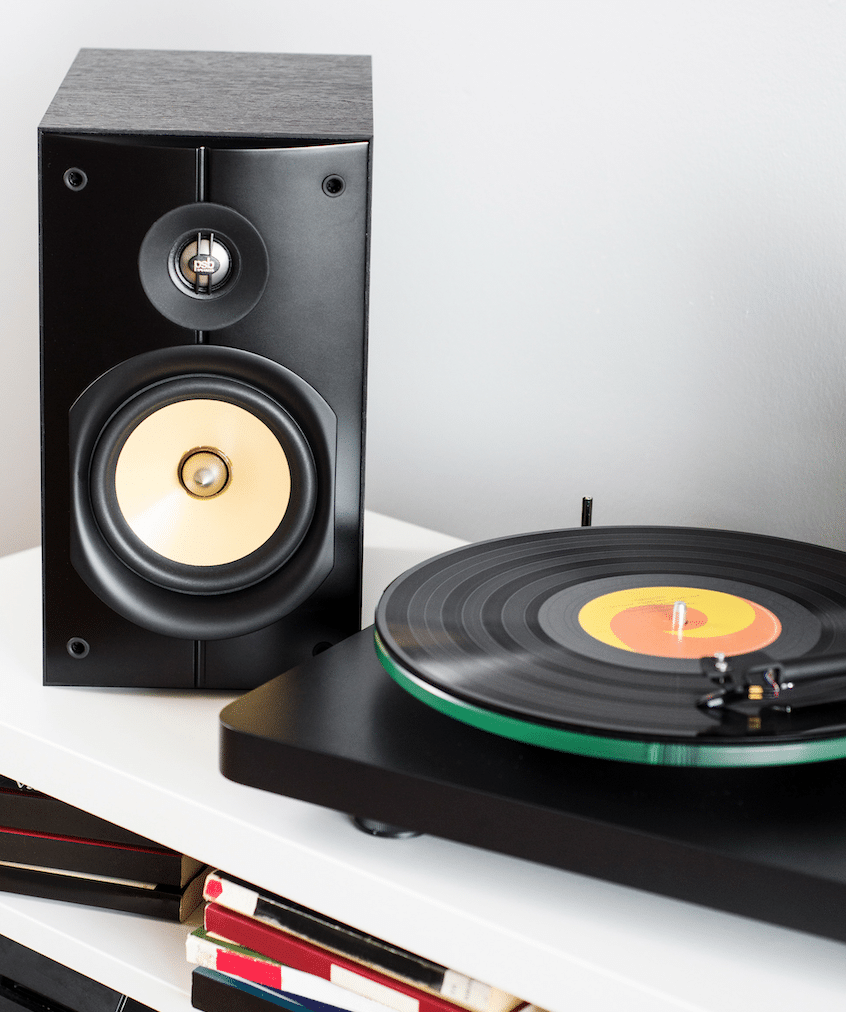


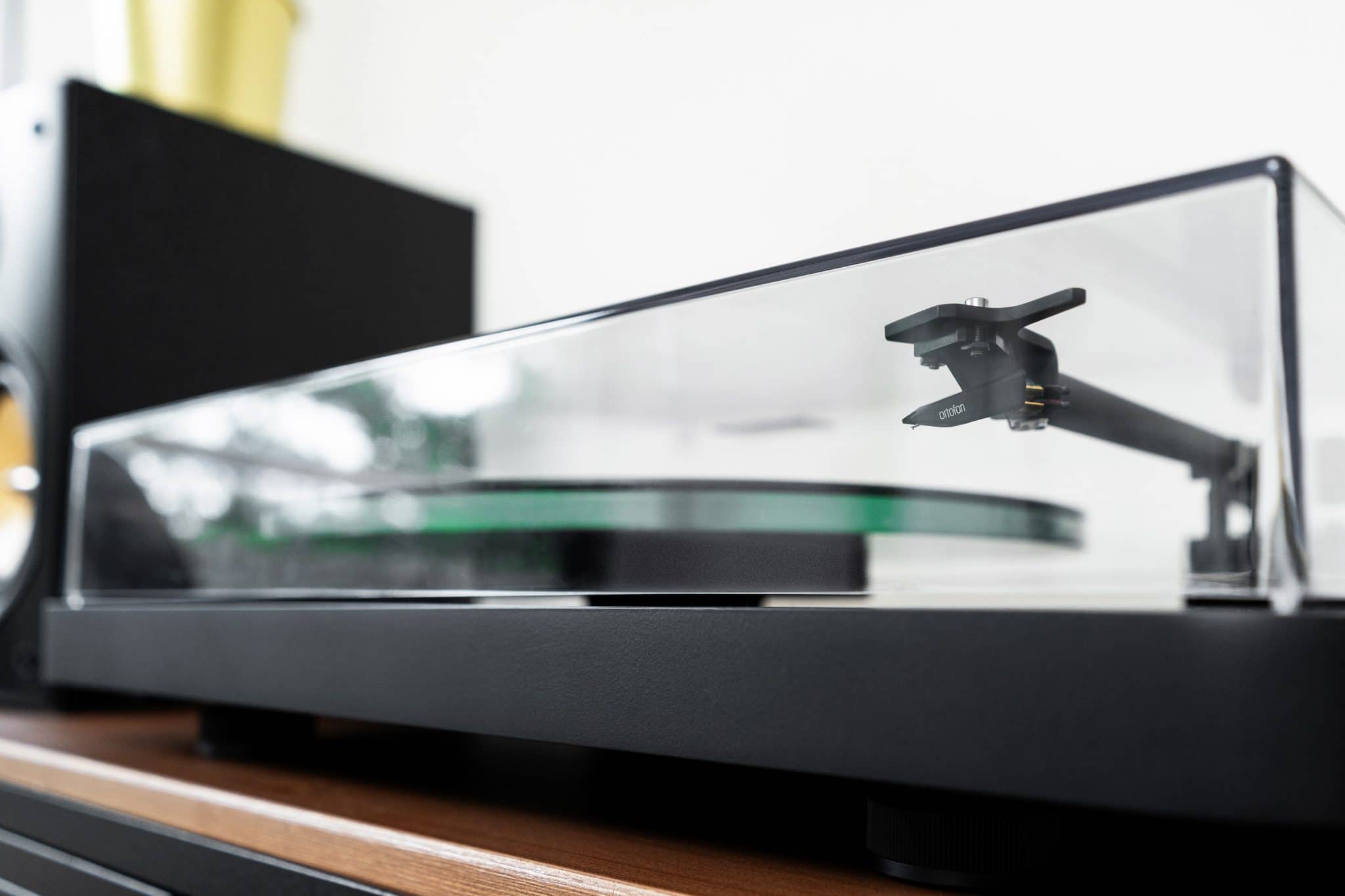
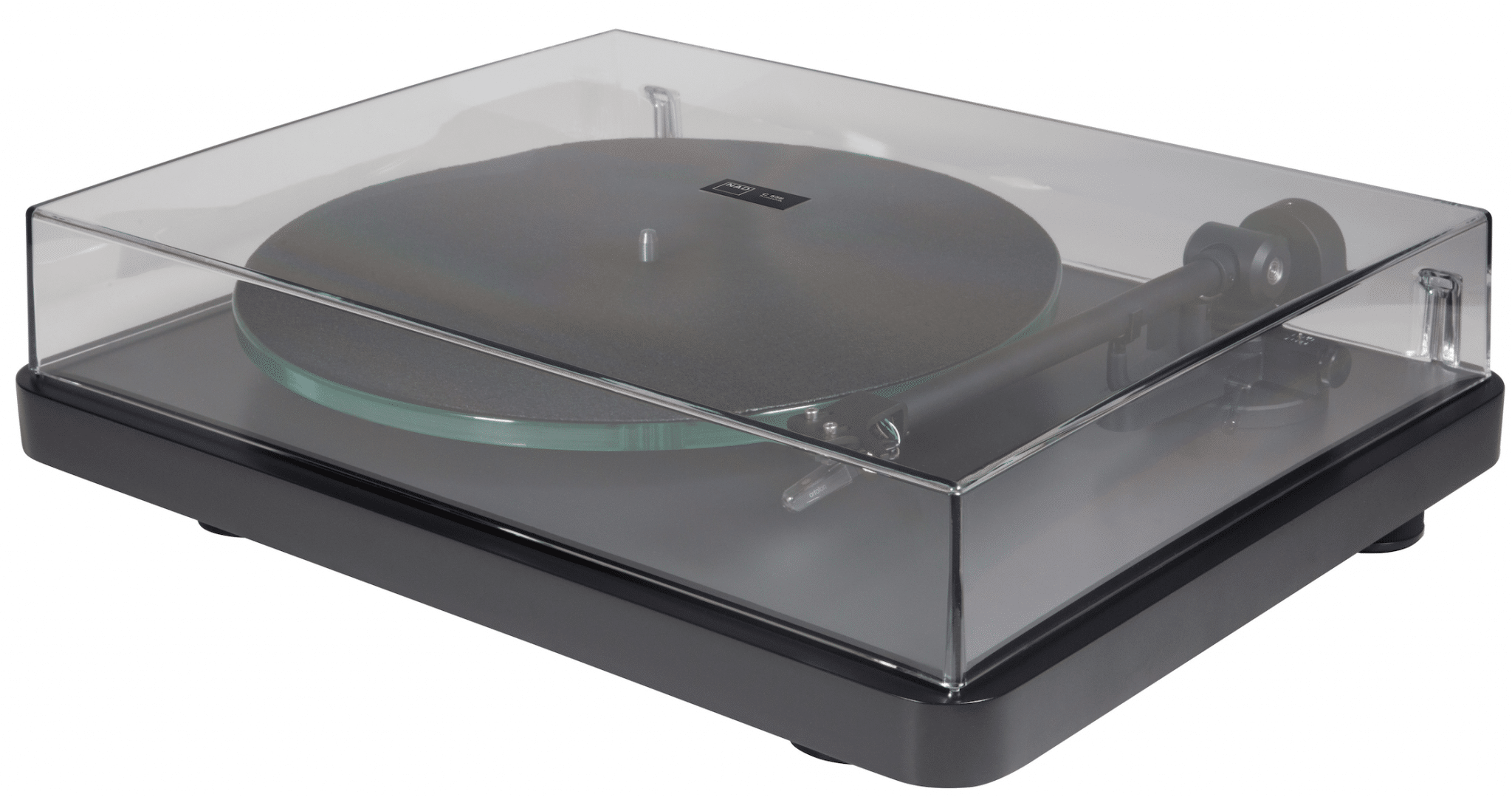


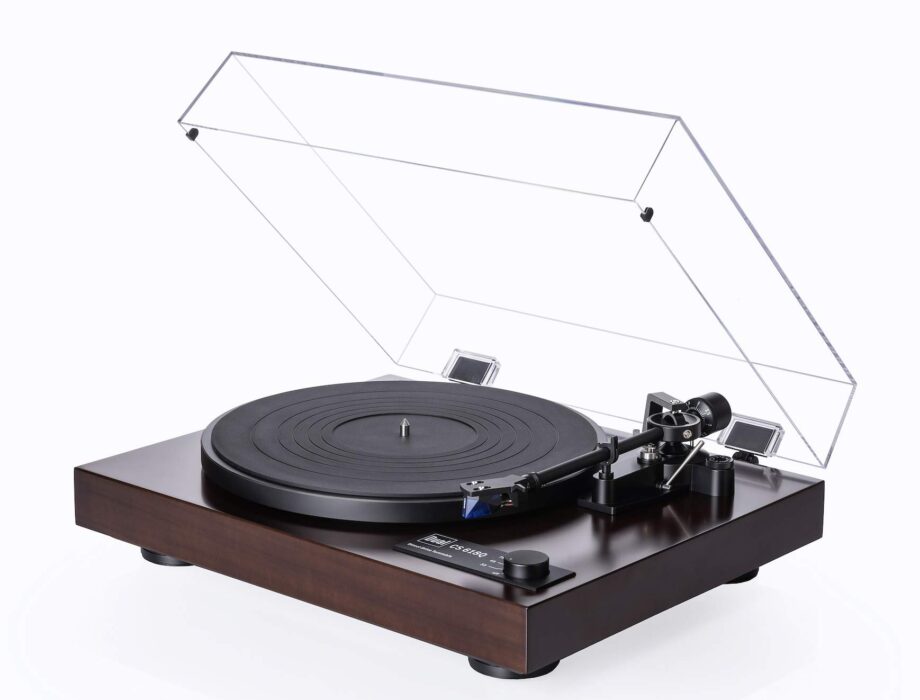
Paul, this is a small point, but do the feet use rubber or felt pads for isolation? I know the Essential/Primary lines use felt pads and as a result the turntable slides around when you push the on/off switch. Thank you.
I’ve sent the thing back to NAD and cannot recall, Joel – let me ask them. I’ll get back ASAP.
Thank you. And thanks for an excellent review. I saw another review recently, and this reviewer echoed your praise of the NAD C558, noting its excellent bass response.
Thanks Joel.
Hi Paul,
I have £400 to spend on a new turntable. I have three tables on my shortlist
NAD c558
PROJECT RPM 1 CARBON
REGA PLANAR 2
What turntable do you recommend .
Regards,
Gavin
I haven’t compared the three in A-B tests so I cannot give you a direct answer. I would guess that the differences would be small, in broad terms. All three are recommended and you won’t be disappointed, whatever turntable you decide upon. I understand that demoing is a no-no right now so I would look at the best deal and go for that.
Hi Paul,
Thanks for your reply, The NAD c558 is now £299 so i will buy that and upgrade the cartridge with a Goldring E3.
Thanks again,
Gavin
Hello Paul
I am Boxing Day/week shopping here in Montréal, online also known as « 2020 style ». I’m looking to replace my original Dual C-505-1 from the eighties, as it was recently damaged in transport. Managed to keep it all these years but one of the suspension springs seems bent and the plinth catches the frame in that same corner. And so, out with the old and in with the new.
I’m looking at a recent Rega Planar 1 or a NAD C558 and have read your great reviews on both. I’m not very familiar with the Pro-ject components of the NAD and would maybe lean to the Rega, But not being able to listened to both and A-B test them, I’m afraid I will feel « locked in » with the Rega.
The possibility of changing cartridges on the NAD is interesting to me. I have a Nagoaka MP-11 from the eighties and I was wondering if it would have a similar effect to the sound quality as the Goldring E3 mentioned in your review.
So a Rega Planar 1 out of the box or NAD C558 with a MP-11 Cartridge, any preference ?
I would go for the NAD. The latter is a quality performer and vastly under-rated. As sure, the Nagaoka will work well.
Could I replace the OM10 with a AT540ML and would it be an improvement ?
Hi Ed – haven’t tested it myself but I reckon yes, that should work well in the NAD.